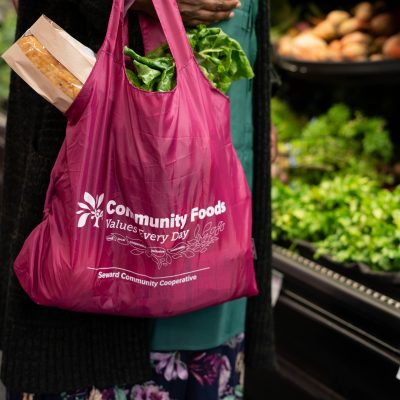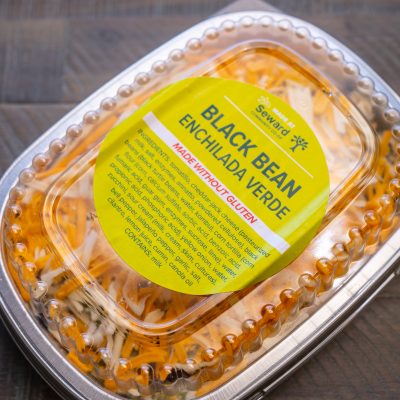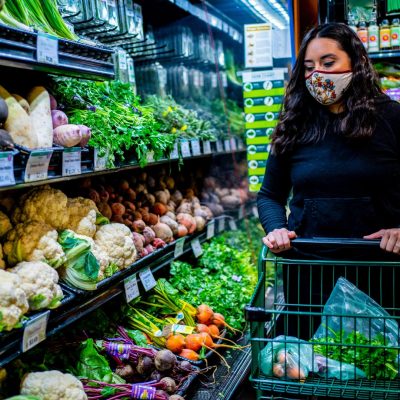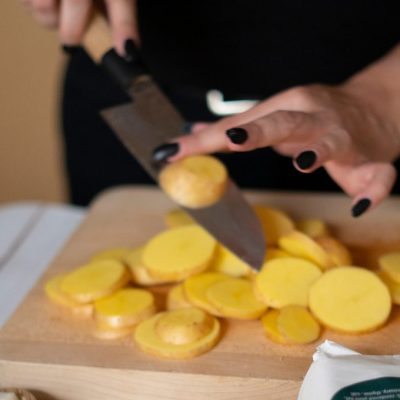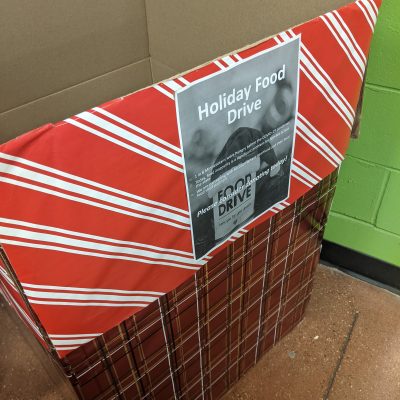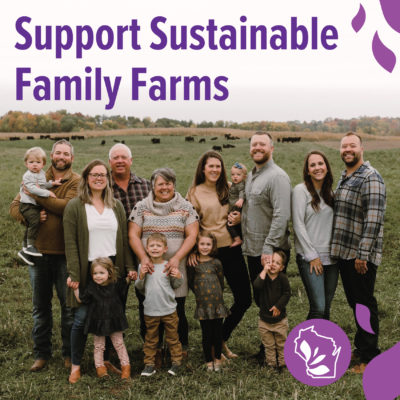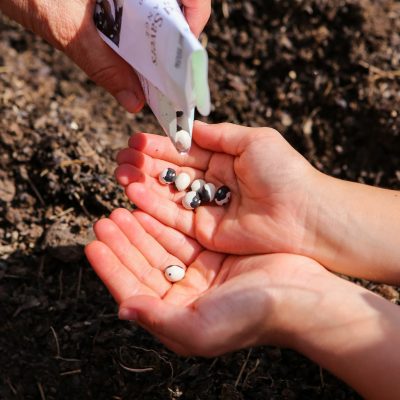Search Results
Keep Community Foods Growers and Makers Thriving
Seward-made Winter Favorites
Benefits of Curbside Pickup
Cook with Community Foods
Quebracho
Cooking Can Help
Cook in the New Year
Tis’ the Season of Giving
Peterson Craftsman Meats
Gift Seeds
Seeds are in, and Seward Co-op is diving into spring! Starting your garden from seed and then watching it mature from seedling to fruiting plant can be rewarding, economical and fun.
Considering Minnesota’s relatively short growing season, it can be beneficial to start seeds indoors in spring to give plants a head start before transplanting them into your garden. Each plant has its own unique growing requirements and therefore its own timeline. Refer to Seward Co-op’s Seed Guide as a resource for when to start seeds indoors and transplant outdoors.
Browsing Seward Co-op’s seed racks, surrounded by fresh-cut flowers and an abundance of fragrant citrus, can make the experience of picking out the seeds for your garden inviting—many of the potential options look so delicious and interesting!
However, before you get whisked away by the idea of it all, learn more about Seward Co-op’s seed offerings to determine which brand aligns more with your values and is best for the vision of what you hope to accomplish with your garden—High Mowing Organic, Seed Savers Exchange (a local Community Foods producer), or a combination of the two. Is your primary concern the health of your family, or is it more broad to include environmental biodiversity or healthy habitats for pollinators?
Now, the fun part—make a list of all the crops you want to grow and plot them out to create a feasible plan for your space. We recommend marking a calendar with the dates to start and transplant different crops, using the chart provided on our Seed Guide. Please note some root crops, such as carrots, beets and radishes do not tolerate transplanting. For more home gardening information and resources, please visit the University of Minnesota Extension website.

